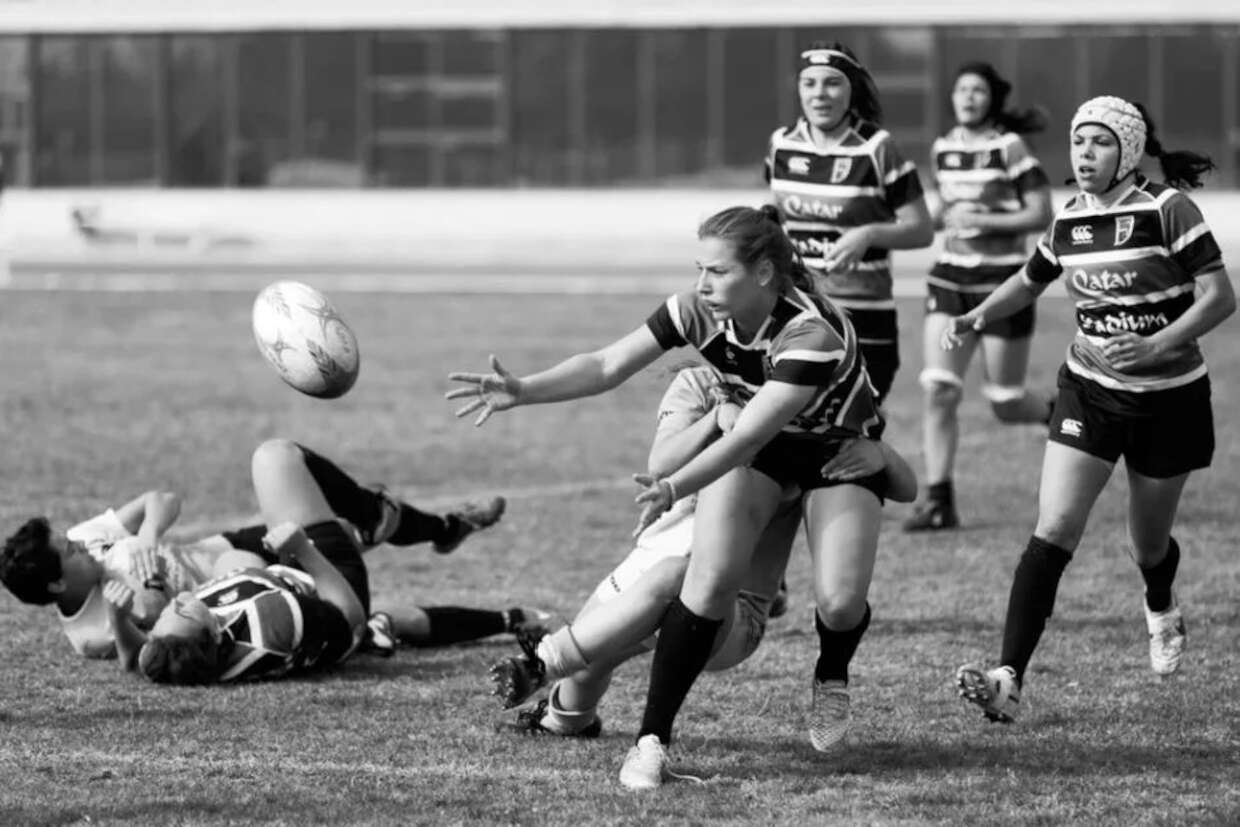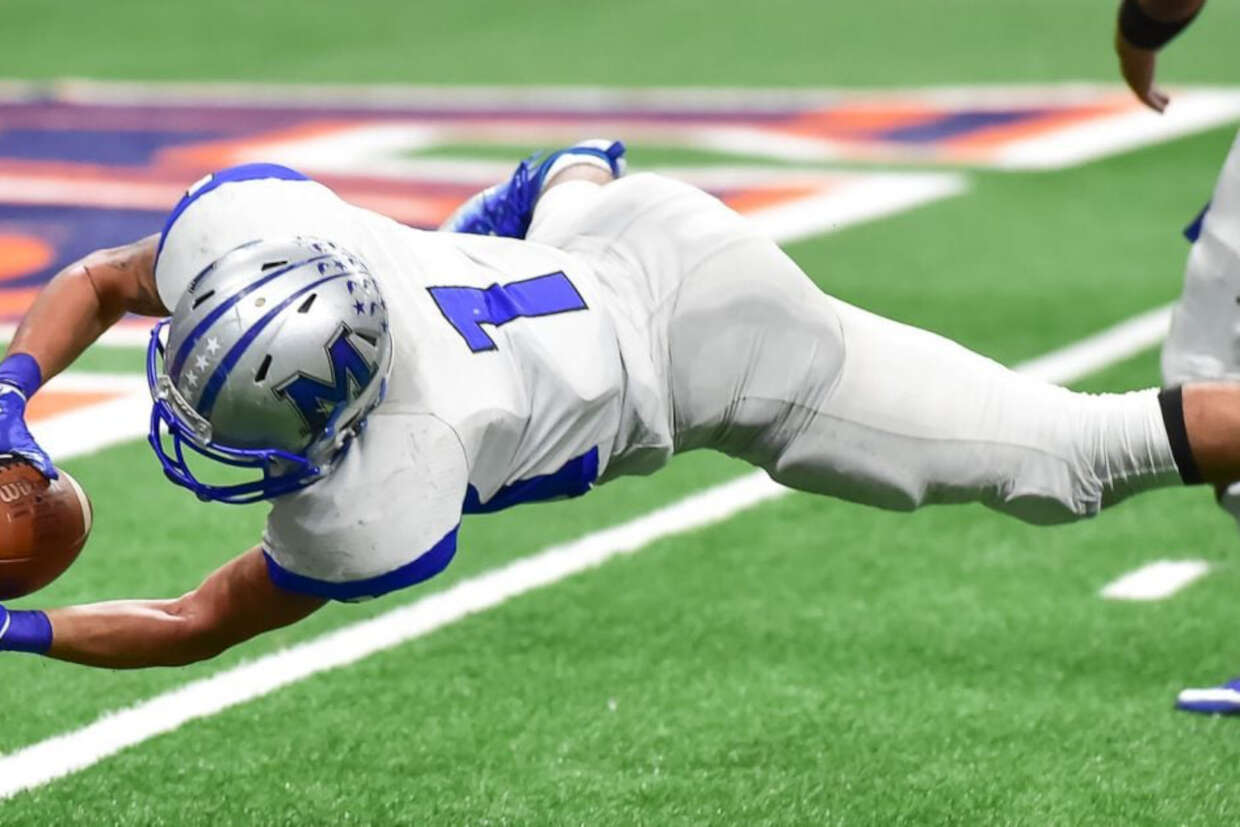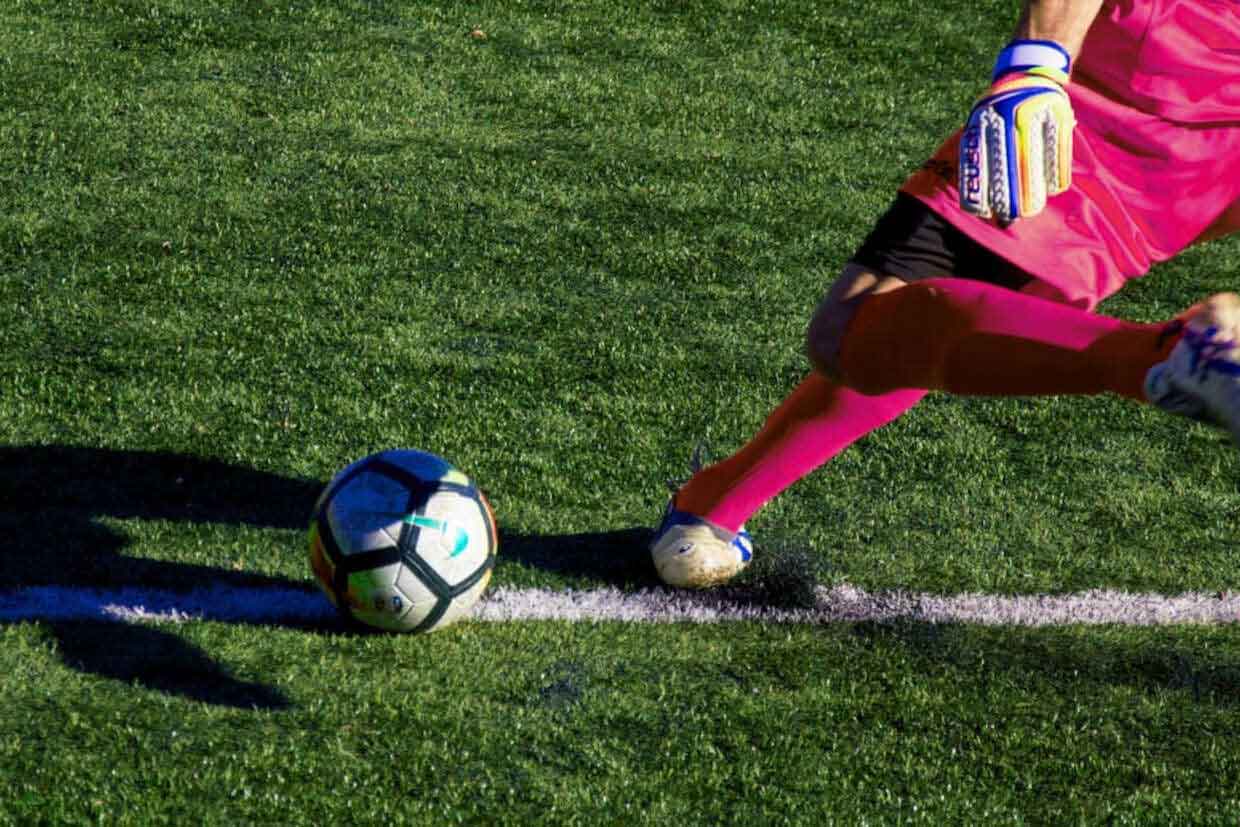On the 26 July 2024, billions of people will watch the opening ceremony of the 2024 Olympic Games in Paris, the world’s biggest sporting competition. The summer games will take place over 16 days, featuring 10,500 athletes from 206 countries, competing in 329 events that range from archery to wrestling. For everyone who can’t travel to France to watch the action, the onus is firmly on broadcast platforms and the internet to deliver a rich and seamless Olympic experience.
The Olympics has evolved enormously over the years, especially from the perspective of audience reach. The first Olympic Games to be televised were held in Berlin in 1936, which saw a total of 138 viewing hours and 162,000 viewers. By the time London 1948 had come around, that had increased to more than 500,000 viewers. Most of these resided within a 50-mile radius of London and watched 64 hours of programming. It’s a far cry from the global reach of the modern Games.
The Olympic Charter specifies that the IOC must take “all necessary steps in order to ensure the fullest coverage by the different media and the widest possible audience in the world for the Olympic Games.” And while broadcast television long held a monopoly on Olympic coverage, that started to change in 2004, when the Olympic Games in Athens was the first to be streamed over the internet.
Eight years later, at the 2012 Olympic Games in London, digital coverage exceeded televised coverage for the first time. The Tokyo 2020 Olympics were described as the ‘first streaming games’ and it was the most watched Olympic Games ever on digital platforms. According to the IOC, over 3 billion people [1] watched the Games across linear TV and digital platforms, with 28 billion views across digital platforms alone - a 139 per cent increase compared to the 2016 Olympic Games in Rio.
Record-breaking digital consumption
It’s hardly a surprise that much of the audience growth today is via these digital platforms, with news, interviews, clips and highlights distributed via broadcast partners and seeded across Facebook, X, Instagram, YouTube and TikTok. There’s even an official Olympic app. According to the ‘IOC Marketing Report Tokyo 2020’, the Olympic web and app platforms for Tokyo 2020 attracted more than 196 million unique users, three times more than Rio 2016. The data shows that 64% of viewers watched Tokyo 2020 on both TV and digital platforms.
Industry reports that have looked into media consumption habits in recent years, including those conducted by Imagen, have highlighted how audiences - particularly younger generations - have started to turn away from traditional, linear TV broadcasting. Instead, audiences increasingly prefer to ‘snack’ on short pieces of the latest content across online channels.
This change in viewing habits is evident when you dig into the numbers for Tokyo 2020. The BBC [2] provided more coverage than ever before with traditional broadcast slots on BBC One 24/7, plus live and on demand content available on BBC iPlayer and the BBC Sport website. While the 36.4 million people who watched Tokyo 2020 on BBC TV was less than the 37.5 million who watched Beijing 2008, there was a dramatic increase in online engagement.
“BBC Sport's coverage of the Olympic Games saw a record-breaking 104 million requests to watch Tokyo 2020 online,” reported BBC Sport [3]. “That figure tops the 74.4 million requests during Rio 2016, and there were 36.4 million TV viewers as BBC One had more hours of coverage than ever.”
Discovery also reported stellar digital engagement at Tokyo 2020 with 1.3 billion minutes of Olympics content consumed across its digital platforms - 21 times more minutes compared to PyeongChang 2018. And while NBC revealed TV audiences dipped to their lowest for a Summer Games since 1988, six billion minutes of programming were streamed across the company’s digital and social media platforms, a record for the network during an Olympics [4].
Video gives social media a level playing field
Social media has proven itself to be the perfect partner to live action - providing a popular, real time forum for conversation between an engaged audience. X (formerly Twitter) sees on average a +4.1% lift in unique visitors during key live entertainment and sporting events throughout the world. Even if the action is on the TV, the conversation and the real engagement lives on social.
However, the initial inception and subsequent growth of video content within social media platforms in the last 5-10 years, has seen it become its own online video distribution channel and a crucial piece in the overall digital content strategy for most large - and small - broadcast events. Social media is especially suited to sports or award shows where there are pockets of action that are perfect for sharing as short highlight clips.
Until the recent Olympic Games, social media was still used as a majority text and image-based news outlet and chat forum. It brought you the latest updates from the events but it hadn’t fully grown to encapsulate broadcast video as we know it. Now, the whole focus has shifted. Alongside the official Facebook, X, Instagram and YouTube accounts, the Tokyo Games added TikTok to its digital outreach. Despite having the most followers (1.05 million), Facebook had the least engagement (570,000). While TikTok racked up 13.9 million engagements despite a follower count of only 72,000 [5].
The rise of athlete generated content
The International Olympic Committee has released new Social and Digital Media Guidelines for the Olympic Games Paris 2024, with the aim of giving athletes more opportunities to share their Olympic experience across their digital platforms.
It’s a smart move. Tokyo 2020 arguably became the ‘TikTok Games’ with athletes sharing personal moments on the platform. From swimmer Adam Peaty showing off his gold medal to Tom Daley’s Olympic cardigan, #OlympicTok athlete generated videos gave fans an unprecedented and authentic look behind the scenes. It made stars of some less well-known competitors, including 19-year-old Australian diver Sam Fricker and 22-year-old Filipino skateboarder Margie Didal.
Crucially, athletes weren’t allowed to post any event or competition footage from the Tokyo Games that would infringe the rights of official partners, broadcasters and media rights holders. The new IOC guidelines are more flexible, permitting athletes to post audio and video recordings of up to two minutes per post from: the Opening and Closing Ceremonies and/or at the Champions Park, the Olympic Village, competition venues up to one hour before the start of their competition, and their training venues and practice areas.
Other sporting federations have already embraced this approach. World Aquatics, for example, worked with Imagen to establish a content platform where athletes could access official content directly, enabling them to amplify their stories through their own networks and social media accounts. It’s a strategy that encourages athletes to become publishers, forging a deeper emotional connection with audiences and tapping into more authentic stories that supplement traditional mainstream coverage.
Serving large volumes of ‘snackable’ content
Delivering high-volume, high-quality content to rights holders was the central strategy for the Olympic Games Tokyo 2020. The games was the first to be natively produced in 4K HDR, and NHK, Japan’s host broadcaster, had long been deeply engaged in producing a comprehensive broadcast package in 8K - a format that “reaches the limit of the human eye”.
Paris 2024 aims to keep innovating across digital platforms. Over 11,000 hours of broadcast coverage is planned for Games in France. up from 10,200 at Tokyo 2020. Events will be filmed and produced in Ultra High Definition (UHD) High Dynamic Range (HDR), with 8K live streaming broadcasts also available. A new AI-powered replay system will be used at several key competition venues, with automatic highlights generation used to package clips for broadcast faster than ever before.
As at Tokyo 2020, global content delivery logistics are based around the massive adoption of cloud services, enabling a broader and deeper mix of content than ever before to be delivered to media organisations across the globe, all in near-real time.
Producing and delivering the Olympics Games in varied formats across multiple fronts (TV, online, social media, etc.) relies on the efficient management, storage and distribution of video content to facilitate an all-encompassing and truly engaging experience for the audience. The ability to capture and clip live and near-live content for immediate delivery to a number of distribution channels and partners is crucial when looking to capitalise on the modern audience’s new and varied demands for content.
As Olympic Broadcasting Services (OBS) Chief Executive Yiannis Exarchos told an official Olympics interviewer: “It’s not about consumption of technology. It’s about experiencing a better way of telling the stories of the greatest athletes of the world.”
Want to tell better stories? Imagen is used by sports federations, leagues and teams to manage and distribute their media, enabling easy access to broadcast quality content and the fastest delivery speeds, around the world.
For more information about delivering video to multiple channels efficiently and at scale, see what Imagen can do. Request a demo today.



